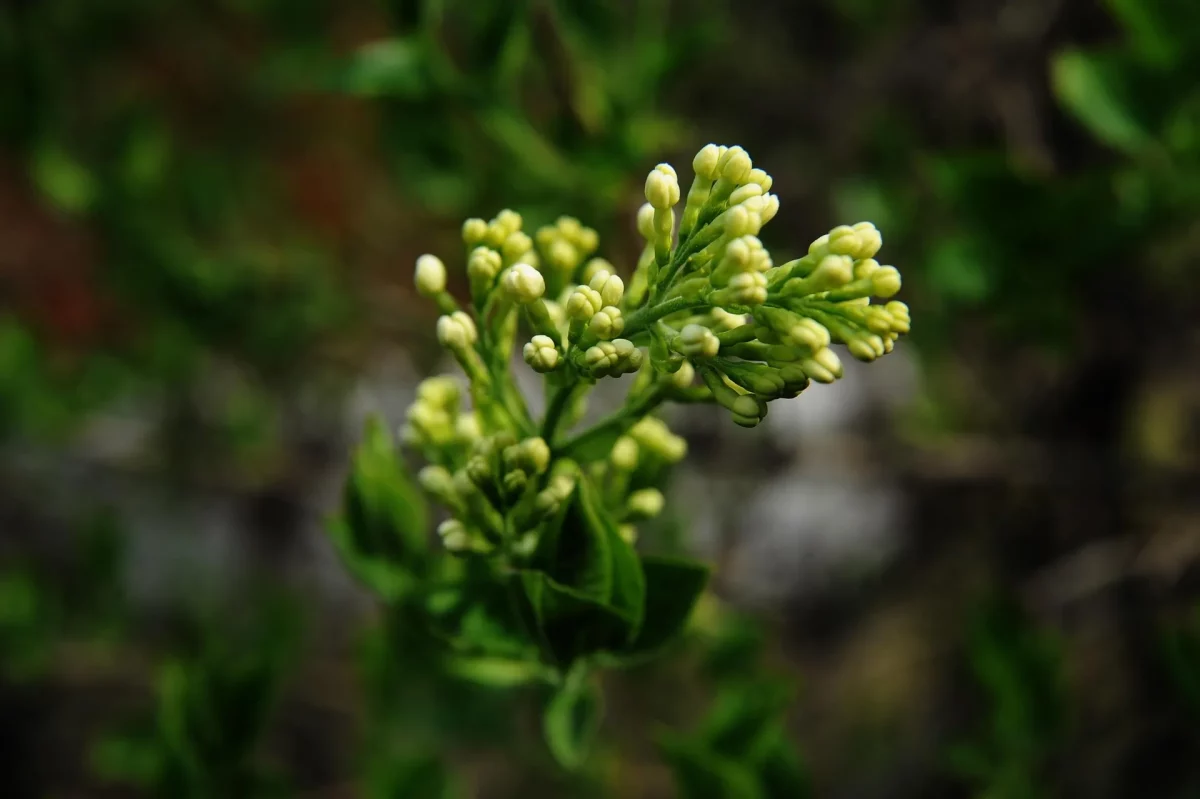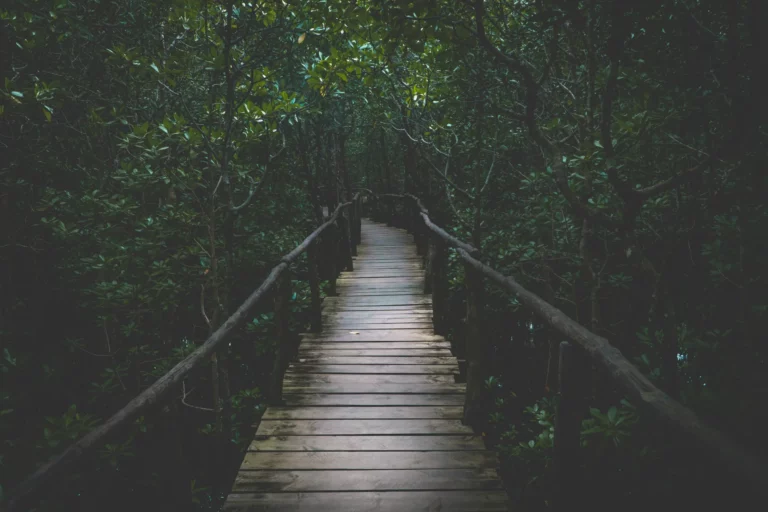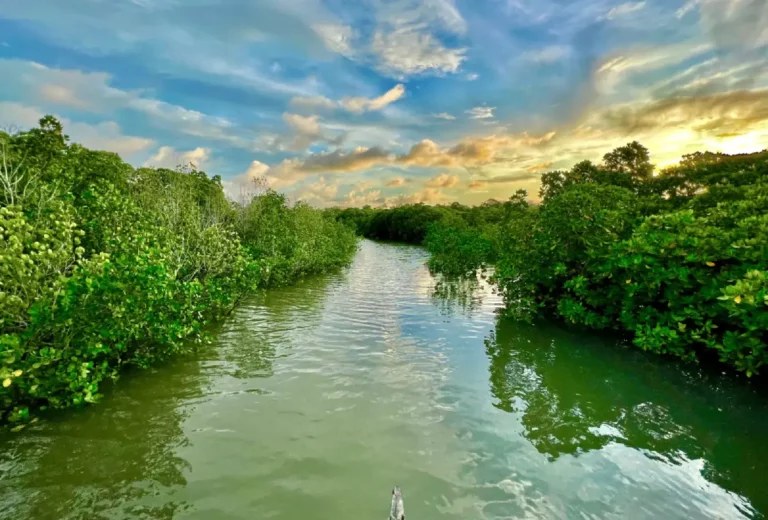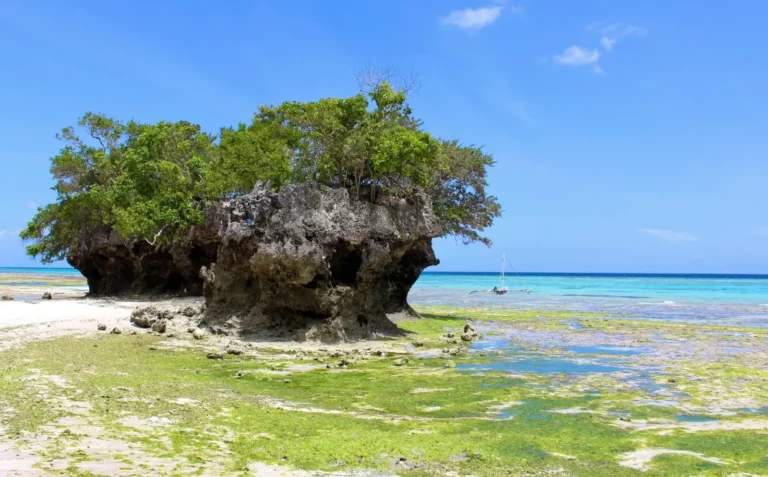The Ultimate Zanzibar Spice Tour: 9 Powerful Reasons It Will Stay With You Forever

Zanzibar isn’t just about turquoise waters and sun-drenched beaches—it’s also famous for something far more fragrant: its spices. Known worldwide as the “Spice Island,” Zanzibar has a long and fascinating history tied to the cultivation and trade of aromatic crops like cloves, nutmeg, cinnamon, and vanilla.
The spice trade has shaped Zanzibar for centuries. Introduced by Arab and Persian traders and later expanded under Omani rule, spice farming became a cornerstone of the island’s economy in the 19th century. At its height, Zanzibar was the world’s leading exporter of cloves, and plantations covered large portions of the island’s interior. Notably, the neighboring island of Pemba—part of the Zanzibar archipelago—also became a major hub for clove cultivation, with vast estates still producing some of the finest cloves in the region today. Together, Unguja and Pemba cemented Zanzibar’s reputation as the heart of the global spice trade.
Today, many of those historic farms are still thriving—and have opened their gates to travelers eager to explore the roots of Zanzibar’s global fame.
A Spice Tour takes you into these lush farms where you’ll see, smell, and taste spices straight from the source. From peeling cinnamon bark to cracking open a nutmeg fruit or sipping lemongrass tea under a mango tree, it’s an interactive experience that reveals just how much of Zanzibar’s culture and daily life is steeped in spice. Whether you’re a foodie, a culture-seeker, or simply curious, it’s one of the most memorable things to do in Zanzibar.
Table of Contents
Why Zanzibar is Known as the Spice Island

The title “Spice Island” isn’t a tourist gimmick—it’s a name deeply rooted in Zanzibar’s history and economy. The archipelago, particularly Unguja (the main island), has been a central node in the Indian Ocean trade routes for centuries. Spices were among the most valuable commodities traded here, particularly during the Omani Arab rule in the 18th and 19th centuries. During this period, Sultan Seyyid Said shifted his capital from Muscat, Oman to Stone Town, Zanzibar in 1832, and promoted large-scale cultivation of cloves, which became the backbone of Zanzibar’s economy.
By the late 1800s, Zanzibar was the world’s leading producer of cloves. The plantations established during this boom still shape the island’s interior landscape today. It’s estimated that by 1873, Zanzibar was exporting over 8,000 metric tons of cloves annually, and over 80% of the global clove supply came from here. Though exports have declined since their peak, Zanzibar remains one of the world’s top clove producers. It is also a key grower of cinnamon, cardamom, nutmeg, black pepper, vanilla, turmeric, lemongrass, and ginger.
What to Expect on a Tour

A typical Spice Tour lasts about 2–3 hours and takes you deep into the rural heart of the island, far from the bustle of Stone Town. You’ll walk through working farms—often small, family-owned plots or larger state-run plantations—where you can see how spices are grown, harvested, and prepared. Your local guide will demonstrate how to identify each plant by sight, touch, and smell. You’ll crush leaves in your hands, taste fruits right from the trees, and smell the potent oils extracted from bark and roots.
The best part? Everything is interactive. You’re not just looking at labeled plants; you’re encouraged to guess spices by scent, chew on cinnamon bark, crack open nutmeg fruit, and sip fresh coconut milk offered by your guide. Some farms offer add-on experiences like traditional Swahili cooking demonstrations or lunch infused with freshly harvested spices.
Where to Go: Best Spice Farms in Zanzibar
Kizimbani Spice Plantation
Located about 10 kilometers northeast of Stone Town, Kizimbani is one of the most popular and accessible spice farms in Zanzibar. Nestled in a lush, rural area surrounded by tall palms and fertile fields, it offers an easy escape from the city into the island’s green interior. Here, you’ll encounter a wide array of spices—cinnamon, pepper, turmeric, lemongrass, ginger, vanilla, nutmeg, and more—growing in their natural state, often just steps from the walking paths. The guides here are known for their charisma and deep knowledge, often sharing fascinating anecdotes about each plant’s role in Zanzibari culture. Expect to leave with a basket crown made of banana leaves and a handful of souvenirs.
Kidichi Spice Farm
This historical plantation was developed by Seyyid Said himself in the 19th century. It is home to Persian baths built for his Persian wife, Princess Sheherazade, a unique architectural feature that adds cultural depth to the visit. Apart from the spices, a visit here offers a glimpse into Zanzibar’s royal history, with stories of the sultan’s influence and the island’s connection to the Persian Gulf. The farm is slightly more rustic than others, with winding footpaths and shaded groves, but no less educational, offering an authentic look at traditional farming methods still used today.
Tangawizi Spice Farm
Tangawizi, meaning “ginger” in Swahili, is a favorite for its educational tours and friendly staff. Located near the village of Dole in the central part of Zanzibar, the farm focuses on sustainable agriculture and organic growing practices, making it a great option for eco-conscious travelers. Visitors are guided through small plots where a variety of spice plants grow alongside tropical herbs and fruit trees, all nurtured using traditional, low-impact methods. It’s also known for excellent tastings and a delicious home-cooked lunch made with organic ingredients, served in a relaxed, open-air setting that reflects the farm’s community spirit.
Meet the Stars of the Spice Tour
Cloves
Zanzibar’s king of spices. Native to Indonesia, cloves were introduced by Omani Arabs in the early 1800s and flourished thanks to the island’s volcanic soil and humid climate. Clove trees take about six years to mature and can produce for up to 50 years. The dried flower buds are picked by hand, sun-dried, and used in perfumes, cooking, and traditional medicine. Zanzibar cloves are especially aromatic due to their high oil content—an essential export even today.
Nutmeg

The fruit of the Myristica fragrans tree, commonly grown in Zanzibar, is a fascinating example of nature’s efficiency—it produces not one, but two distinct spices. When the fruit splits open, it reveals a shiny brown seed at the center: this is nutmeg. Wrapped around the seed is a lacy red covering known as the aril, which, when dried, becomes mace.
Nutmeg is renowned for its warm, sweet, and slightly nutty aroma, making it a favorite in both sweet and savory dishes—from custards, cakes, and spiced drinks to rich meat stews and East African curries. In Zanzibar, it’s also used in traditional remedies for sleep, digestion, and boosting circulation. Mace, though less common, offers a more delicate and floral version of nutmeg’s flavor and is often used to season rice dishes and sauces. Guides will often let you crack open the fruit yourself, revealing the vivid contrast between the glossy nutmeg and the crimson mace—one of the most visually striking moments of the experience.
Cinnamon

Cinnamon is one of the most beloved and versatile spices found in Zanzibar, and its journey from tree to spice rack is both fascinating and labor-intensive. True cinnamon, also known as Cinnamomum verum, is harvested from the inner bark of young cinnamon trees. Farmers carefully strip away the outer bark, then peel the soft inner layer, which naturally curls into thin, delicate quills as it dries in the tropical sun.
Unlike the more common and harsher cassia variety, Zanzibar cinnamon is prized for its subtle sweetness, mild heat, and complex aroma—qualities that make it a cherished ingredient in local Swahili dishes like pilau, coconut curries, and spiced tea. The bark is used whole or ground into powder for cooking and baking, while the glossy green leaves are distilled into essential oils used in both cosmetics and natural remedies. During a Spice Tour, you’ll often be handed a piece of cinnamon bark to chew on—offering an instant burst of warm, woody flavor that encapsulates the essence of the island’s culinary heritage.
Vanilla
Vanilla is one of the most delicate—and valuable—spices cultivated in Zanzibar. It comes from the orchid Vanilla planifolia, a climbing vine that requires both careful training and patient attention. Unlike other crops, vanilla orchids must be hand-pollinated flower by flower, usually in the early morning when the blooms open for just a few short hours. This painstaking process is essential because the natural pollinators of vanilla, certain species of bees and hummingbirds, are not native to Zanzibar. After pollination, it can take up to three years for the vines to mature and begin producing pods, and several additional months for the pods to ripen.
Once harvested, the green vanilla pods undergo a labor-intensive curing process—involving blanching, sweating, drying, and conditioning—that brings out their deep, complex aroma and flavor. Though it’s a slow and meticulous crop to grow, Zanzibar vanilla is highly prized by chefs and food artisans around the world for its intensely rich, pure flavor profile. You’ll often see the vines climbing up support trees and learn just how much care and craftsmanship goes into producing this coveted spice.
Turmeric and Ginger

Both ginger and turmeric are essential ingredients in Zanzibari cooking and traditional healing practices, deeply rooted in the island’s culture. These rhizomes thrive in the rich, loamy soils of Zanzibar and are harvested by hand, their knobby shapes hiding powerful flavors and medicinal benefits.
Fresh ginger has a sharp, invigorating aroma and a spicy, slightly sweet heat that adds a kick to teas, marinades, and stews. It’s also widely used as a natural remedy for colds, nausea, and digestive issues. Turmeric, easily identified by its vibrant orange interior, is prized not just for its earthy, slightly bitter taste that enhances curries and rice dishes, but also for its potent anti-inflammatory and antioxidant properties. On a tour, you’ll likely see both growing in shaded rows, with guides cracking them open to reveal their rich colors and explaining their roles in Swahili cuisine and local herbal medicine.
Black Pepper

Another staple of Zanzibar, black pepper is a climbing vine that thrives in the island’s humid, tropical climate. The berries are handpicked while still green and unripe, then laid out under the sun to dry naturally. As they lose moisture, the outer skin wrinkles and darkens, forming the familiar black husk that gives the spice its bold, pungent character. Known as the “king of spices,” black pepper is a key ingredient in both local and global cuisines, valued not only for its heat but also for its subtle complexity. On a Spice Tour, you’ll often see the pepper vines trained up wooden stakes or trees and learn how this common seasoning is carefully cultivated and harvested by hand.
Cardamom and Lemongrass
Cardamom and lemongrass are two of the most aromatic and versatile spices you’ll encounter, cherished for their roles in both culinary and medicinal traditions. Cardamom grows in shady, humid conditions and produces small green pods filled with tiny black seeds. These seeds release a burst of complex flavor—sweet, citrusy, and slightly spicy—making cardamom a key ingredient in Zanzibari spiced tea (chai ya tangawizi), rice pilau, and various desserts. It’s also used locally as a breath freshener and digestive aid.
Lemongrass, on the other hand, is a tall, slender grass with tough stalks that are rich in citrus-scented oils. The stalks are bruised or crushed to release their fragrance and are commonly steeped in hot water for soothing teas or added to soups, curries, and grilled dishes for a refreshing, lemony depth. On the farms, you’ll often rub the leaves between your fingers to unlock their scent—an instant hit of tropical freshness that lingers in the air.
Cultural and Economic Importance of Spice Farming
More than just a tourist attraction, spice farming remains a vital part of the Zanzibar economy, especially for rural communities. Many of the farms are smallholder operations, passed down through generations. These farms not only produce crops for export and local markets but also serve as a cultural preservation tool—keeping ancient farming techniques and traditional uses of spices alive.
In Zanzibar, spices are not just cooking ingredients; they are medicine, ritual, trade, and legacy. During your tour, you’ll hear how nutmeg is used in fertility rituals, how clove oil is a trusted remedy for toothaches, and how cinnamon is part of wedding preparations. Spices are woven into Swahili identity—deeply spiritual, curative, and flavorful.
A Culinary Connection: Swahili Cuisine and Spices
Spices are the foundation of Swahili cuisine, a flavorful blend of African, Arab, Indian, and Persian influences. Dishes like biryani, pilau, coconut fish curry, and samaki wa kupaka (grilled fish in coconut sauce) are all made with local spices.
Some tours end with a spice-infused lunch prepared on the farm. Imagine sitting under a mango tree, savoring pilau rice seasoned with cinnamon, cardamom, and clove, or sipping ginger tea with lemongrass while tropical birds chirp overhead. It’s one of the most authentic food experiences you’ll have in Zanzibar.
How to Book a Tour
Most hotels in Stone Town or coastal resorts can arrange half-day tours. Prices typically range between $15 to $40 per person, depending on the tour operator and whether meals or transportation are included.
Tours can be private or group-based. Some eco-tourism initiatives also combine tours with village walks or Swahili cooking classes. To ensure a responsible experience, look for tours that support local farmers and focus on sustainability.
Best Time to Visit
Zanzibar has a tropical climate with two main rainy seasons: March to May and November to December. The farms are lush year-round, but the dry months (June–October and January–February) offer the most comfortable weather for walking tours.
If you want to see cloves being harvested, plan your trip between September and December. For vanilla, the flowering and harvest season runs from August to November.
Tips for a Great Experience
- Wear lightweight, breathable clothes and good walking shoes
- Bring water, a hat, and insect repellent
- Be respectful when taking photos, especially in family-run farms
- Support local farmers by buying spices directly from the farm shops
- Ask questions! Guides are a treasure trove of knowledge
The Essence of Zanzibar in Every Scent
Taking a Spice Tour is more than just ticking an activity off your itinerary—it’s stepping into the aromatic heart of the island. It’s understanding how a single clove bud helped shape Zanzibar’s global legacy. It’s watching a vanilla orchid climb a tree, learning how nutmeg doubles as medicine, and realizing that each plant tells a story older than most of the world’s cities.
Zanzibar’s appeal is often framed by its postcard-perfect beaches—powdery white sand, swaying palms, and the endlessly blue Indian Ocean. But inland, beyond the shoreline, the island reveals a different kind of beauty—one that’s rooted in tradition, scent, and soil. A Spice Tour connects you to that deeper layer of Zanzibar, where the rhythms of daily life revolve around cultivation, harvesting, and ancestral knowledge passed down through generations.
From the maze-like alleys of Stone Town, where sacks of cloves and cinnamon still fill the air with their unmistakable perfume, to the remote villages and working farms of Unguja and Pemba, spice culture is woven into the island’s identity. Pemba, often referred to as the “Green Island” for its lush vegetation, plays a crucial role in Zanzibar’s clove production and remains one of the most important spice-growing regions in the country. Visiting or even just learning about Pemba’s thriving spice estates adds a new dimension to your understanding of the archipelago’s agricultural heritage.
Whether you’re a foodie, a history lover, or a curious traveler, this is one of the most rewarding things to do in Zanzibar. You’ll leave with new knowledge, a deeper appreciation for the island’s cultural wealth, and maybe even a few sachets of spices to relive the experience back home—each one a fragrant reminder of your journey.
Zanzibar doesn’t just grow spices—it lives them. Take the tour, follow the scent, and let the Spice Island share its soul.





